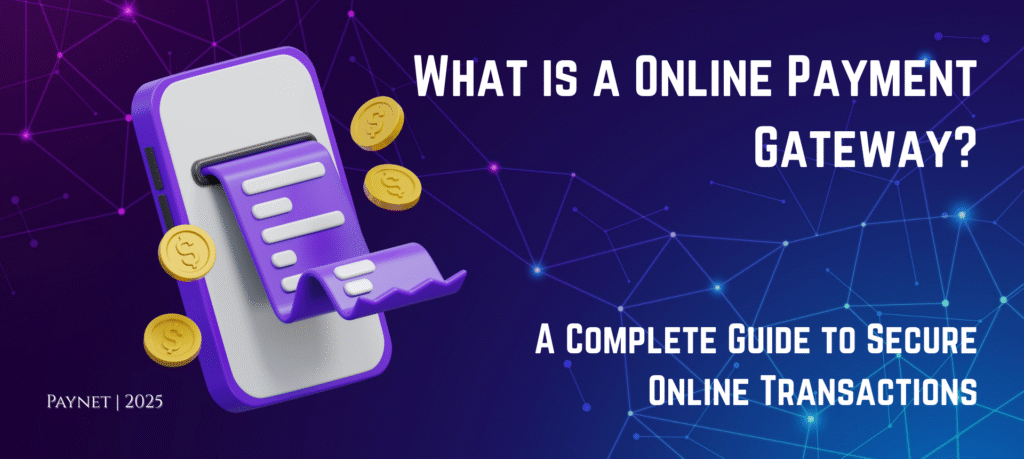User Behavior in Digital Wallet Usage: Insights That Are Shaping the Future of Digital Payments – [Cloned #1447]
Home UPI Growth and Adoption Insights: How India’s Favorite Payment System Is Shaping the Future of Finance Explore UPI growth...

Discover how payment gateways work, their types, and benefits. Learn why a reliable payment gateway is essential for seamless, secure online transactions.
In today’s digital-first world, online transactions are the backbone of e-commerce. Whether you’re shopping for groceries, booking a service, or subscribing to a platform, a secure and efficient payment process is critical. This is where payment gateways come into play. But what exactly is a payment gateway, and how does it ensure your transactions are safe and smooth? Let’s break it down.
A payment gateway is a technology that acts as a bridge between a customer, a merchant, and financial institutions. It securely authorizes online payments, ensuring that sensitive information like credit card details or digital wallet credentials are transmitted safely from the buyer to the payment processor. Think of it as a virtual “checkout counter” that encrypts data to prevent fraud and streamline the transaction process.
Payment gateways operate behind the scenes in seconds, but the process involves multiple steps to guarantee security and accuracy:
Customer Initiates Payment
When a customer enters their payment details (e.g., credit card number) on a website or app, the gateway encrypts this data to protect it from unauthorized access.
Data Transmission to Processor
The encrypted information is sent to the payment processor, which acts as an intermediary between the merchant’s bank and the customer’s bank.
Authorization Request
The payment processor forwards the transaction details to the customer’s bank (issuing bank) to verify fund availability and authenticate the payment.
Approval or Decline
The issuing bank either approves or declines the transaction based on factors like account balance or fraud checks. This response is relayed back to the payment gateway.
Transaction Completion
If approved, funds are temporarily held, and the merchant receives confirmation to proceed with the order. Settlement—the transfer of funds to the merchant’s account—typically occurs within a few business days.
Payment gateways come in different forms to suit varying business needs:
Hosted Payment Gateways
Redirect customers to a third-party page (like PayPal) to complete payments. Ideal for small businesses seeking minimal technical integration.
Self-Hosted Gateways
Allow merchants to collect payment data directly on their website, which is then sent to the gateway for processing. Requires robust security measures.
API-Driven Gateways
Offer seamless checkout experiences using APIs, enabling full customization of the payment interface. Best for businesses with technical resources.
When choosing a payment gateway, prioritize these features:
Advanced Encryption
Look for SSL/TLS encryption and PCI-DSS compliance to protect sensitive data.
Multi-Layer Fraud Detection
Tools like tokenization, 3D Secure authentication, and AI-driven fraud monitoring.
Multi-Currency & Payment Method Support
Accept credit/debit cards, UPI, net banking, and popular digital wallets.
Seamless Integration
Compatibility with websites, mobile apps, and e-commerce platforms.
User-Friendly Experience
Fast-loading, intuitive interfaces to reduce cart abandonment.
Enhanced Security
Minimize risks of data breaches and fraud with end-to-end encryption.
Global Reach
Accept payments from customers worldwide in multiple currencies.
Faster Checkout
Reduce manual processes and automate payment reconciliation.
Customer Trust
A smooth, secure checkout experience boosts brand credibility.
Selecting a payment gateway is a strategic decision that impacts customer satisfaction and revenue. Opt for a provider that prioritizes security, scalability, and ease of use. Whether you’re a startup or an enterprise, a reliable gateway ensures your transactions are processed efficiently, letting you focus on growing your business.
Home UPI Growth and Adoption Insights: How India’s Favorite Payment System Is Shaping the Future of Finance Explore UPI growth...
Home User Behavior in Digital Wallet Usage: Insights That Are Shaping the Future of Digital Payments Explore changing user behavior...
Home New Features in UPI and Mobile Wallets 2025: Smarter, Safer & More Seamless Than Ever Explore the latest features...